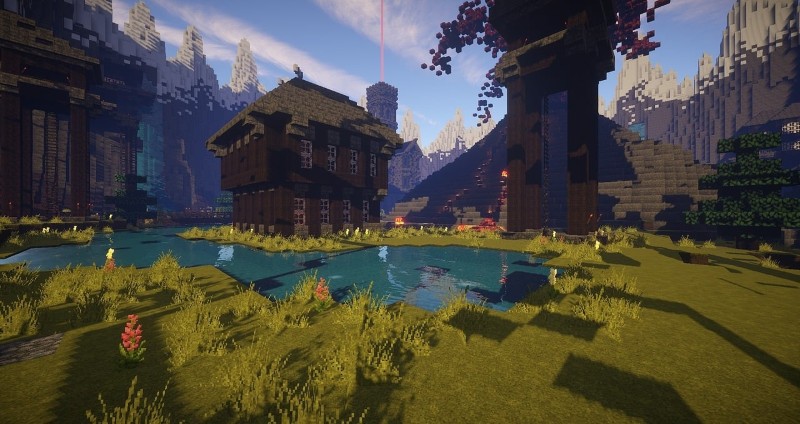
What Digital Serious Games Can Learn from Transformative Design
There’s a quiet assumption in many serious (educational or therapeutic) digital games that impact will happen on its own if the game is “immersive” enough. That if players are engaged enough, the lesson will stick. But those of us who work in transformative design know:
In serious games, transformation rarely happens by accident. It happens through careful framing, incorporating lived experience, and reflection.
Live Action Roleplaying (LARP) designers have been crafting meaningful experiences for decades. We’ve learned that the power of roleplay doesn’t lie in the story alone… it lies in how we invite players into it, how we guide them through it, and how we help them make sense of what they experienced once it’s over. That structure (before, during, and after) is where the real magic lives.
Transformative Digital Serious Game Example
Imagine a digital serious game that is designed with this structure in mind. Instead of selecting an avatar where (at most) the player chooses what the avatar is wearing and what they look like, the player instead chooses a character with a detailed backstory from an array of pre-written options they paste together. This character can have real-life emotional challenges like anxiety, abandonment, or fear of failure. But here’s the twist: the player doesn’t play that character. They care for them. Like a conscience, a mentor, or a guiding voice, the player helps that character navigate the story with compassion and insight.
This design reframes the player’s role. They’re not solving puzzles for points, they’re modeling emotional resilience. They’re learning strategies not in spite of the narrative, but through it. And as they guide their character, the transfer between player and story deepens. That’s what we call bleed: When our in-game experiences transfer into our out-of-game life (and vice versa) allowing for a transformative outcome.
And just like in a well-run LARP, the experience ends with debrief. But it’s not an external experience that breaks the flow of the game. It’s an in-game experience like a quiet scene where the character reflects on what they’ve been through and looks ahead and talks with the player about how they have grown. That reflection loop matters. It’s what turns the game time into a transformative experience for the player.
This is just an example. There are any number of other options that can be integrated into a game to help frame it for measurable outcomes. If serious game companies want to build experiences that truly transform, they need to stop thinking only in terms of achievement and start thinking in terms of care. Care for the story, care for the character, and most importantly, care for the player’s personal journey beyond the game. And to get there, they might want to reach out to a transformative designer. Change is what we do for a living.
Guardian Adventures provides consulting and transformative design for museum and science centers, summer camps, amusement & attraction industries, and more.
